By
Cecilia Sandroni
“All the papers, notes and sketches concerning my work are part of my archive, which I have chosen to give to Florence, by creating a Foundation so that my city, repository of priceless and unparalleled artistic and cultural values, may enjoy its own patrimony of the performing arts.”
“A testimony aimed mainly at the new generations, not as a gesture of self-celebration but as the summa of a working methodology, from initial idea to developmental stages and through to staging, offering them with a few basic – outmoded – rules worth respecting to achieve authenticity in a performance.
This is my way of seeking to repay the debt of gratitude I owe to Florence, my principle duty, gained in life through my work, of regarding this city as a driving force of civilisation, culture, tradition and knowledge that God gave to the world.
This recognition is not only dictated by the documentation of everything that I have done and that I am proud to hand over to my fellow citizens; it is a gesture that I hope will contribute towards upholding the pledge to look after our treasures and our souls following, through centuries of progress, discoveries and conquests, the strong and simple line indicated by Florentines of a time of which we should consider ourselves heirs for the future.”
The Franco Zeffirelli International Centre for the Performing Arts, supported by the Maestro himself, brings together and makes available to his city and the world the entire artistic and cultural patrimony of his almost 70-year career.
An extraordinary patrimony – deemed “of particular historical interest” by the Italian Ministry for Cultural Heritage and Activities – that includes all his documents, from drawings to studies for theatrical and cinematic set designs, from director’s notes to scripts, from set photos to a substantial correspondence and press releases, to testaments of his work in the world of international theatre and cinema, from the post-war period to today.
The Centre’s location, the late 17th-century San Firenze Complex – originally the oratory of the Padri Filippini and more recently, the city courthouse – a short distance from the Palazzo Vecchio, is perfectly placed to hold an extensive annual calendar of performances, exhibitions, concerts and meetings, in continuum with the city’s historic-artistic tradition. This is a tradition that brought opera to life in the Renaissance, bringing back into style the Ancient Greek dramas, of which Franco Zeffirelli, in the 20th and 21st centuries, has been a leading exponent and innovator.
The Centre’s activities extend across two floors, covering approximately 3,700 square metres. The arrangement of the spaces philologically follows the building’s original colours, from the shades of the walls to the architectural decorations in tile and stone, while the setup of the Museum’s rooms was planned according to an exhibition itinerary that recalls through Zeffirelli’s works the atmosphere in which a production is developed. Curated by Carlo Centolavigna, Caterina d’Amico and Pippo Zeffirelli.
Throughout his career (spanning 70 years), writer, scenographer, costume designer and director Franco Zeffirelli produced 18 films, staged 31 theatre performances and brought to life more than 100 operatic works, all fruit of a professionalism that was built with commitment and rigor from his days as a young actor at the Accademia di Belle Arti and his love for music. His creations are both elaborate and patient constructions, the combination of an intuition based on wisdom and depth.
The Museum at the International Centre for the Performing Arts was created primarily as a permanent exhibition dedicated to his work.
The exhibition begins in the post-war period, when Zeffirelli attended the Department of Architecture in Florence, while also performing with amateur companies and working as an assistant to scenographer Camillo Parravicini. A meeting with Luchino Visconti during a performance at the Teatro della Pergola led him to definitively abandon his studies and dedicate himself to show business, and he entered into the Company founded and directed by Visconti. He would spend seven years alongside Visconti, years that Zeffirelli, years later, described as “precious, extraordinarily educational and constructive for my future” first as an actor, then as stage manager for an historic show designed by Salvador Dali and finally as a scenographer and first assistant director, also on films that have since become part of cinematic history.
Beginning in 1953, the exhibition explores the fundamental stages of Zeffirelli’s zealous international career, made all the more exciting by the intense friendships he often had with his greatest collaborators. First and foremost, Maria Callas, who, under the direction of Zeffirelli, performed masterpieces by Verdi, Puccini, Bellini, Rossini and Donizetti. Alongside priceless sketches and photographs of the shows is a costume worn by the Divina in Turco in Italia (courtesy of the Teatro alla Scala in Milan).
Cecilia Sandroni
Cecilia Sandroni is a member of the Foreign Press in Rome, in addition to being an expert of international relations in communication. Her skills range from film to photography with a passion for human rights. Independent, creative, concrete, she has collaborated with major Italian and foreign institutions for the realization of cultural and civil projects.

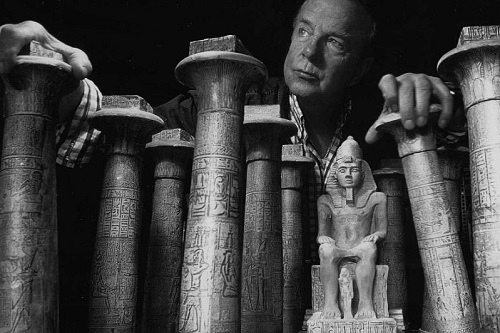
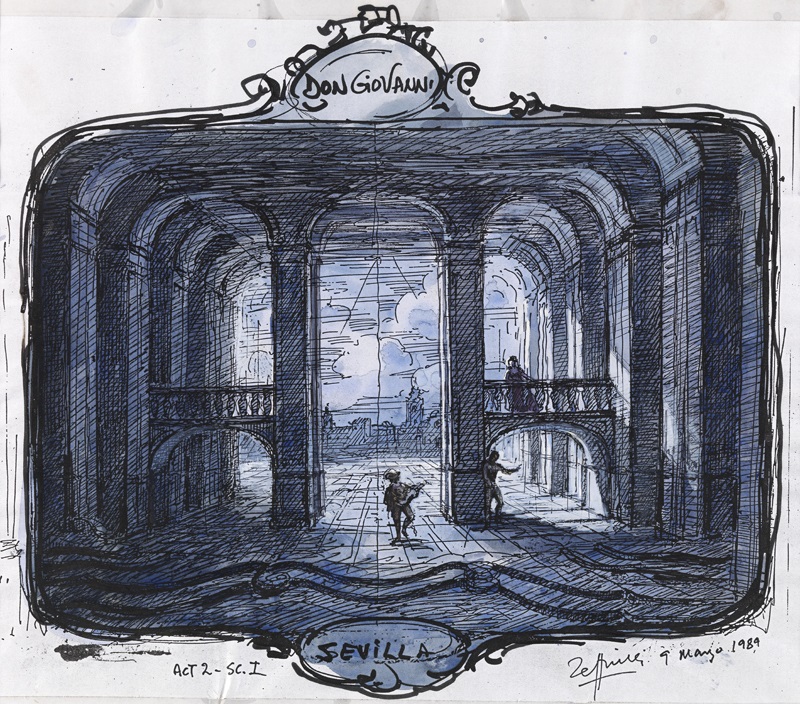
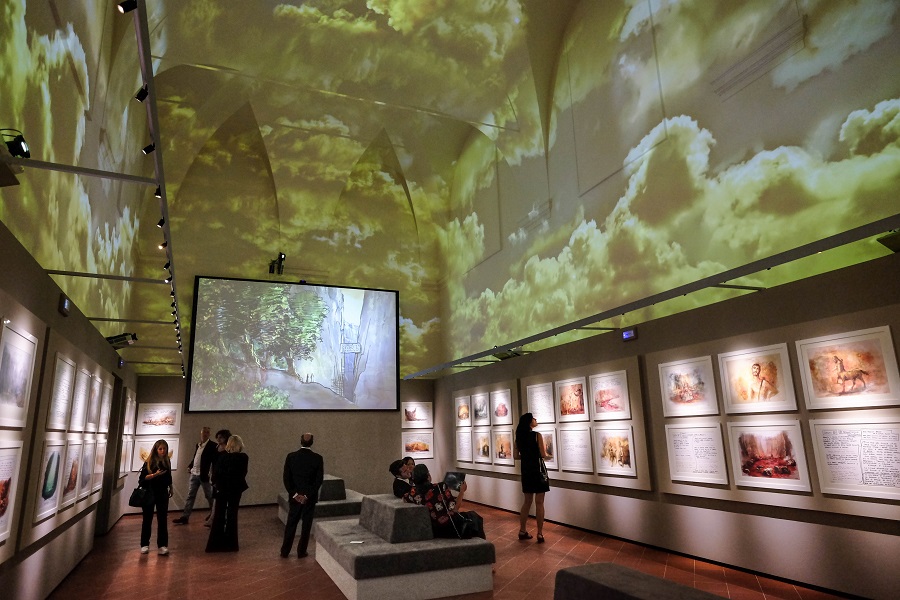
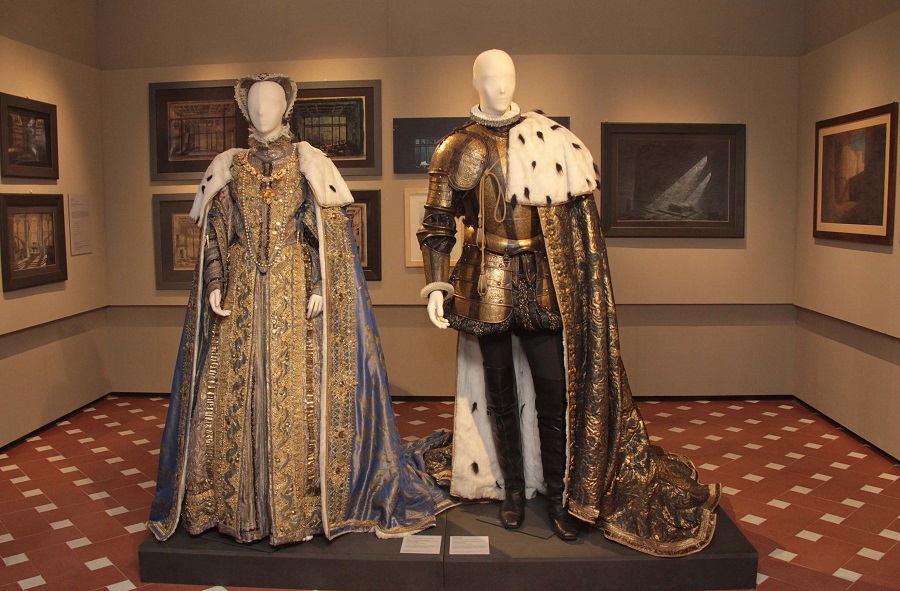
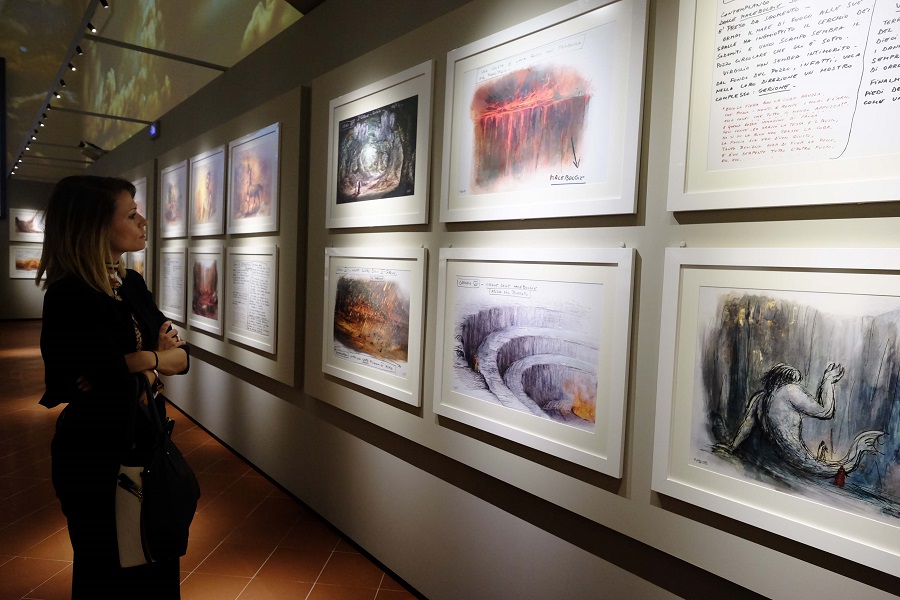

No Comments Yet!
You can be first to comment this post!